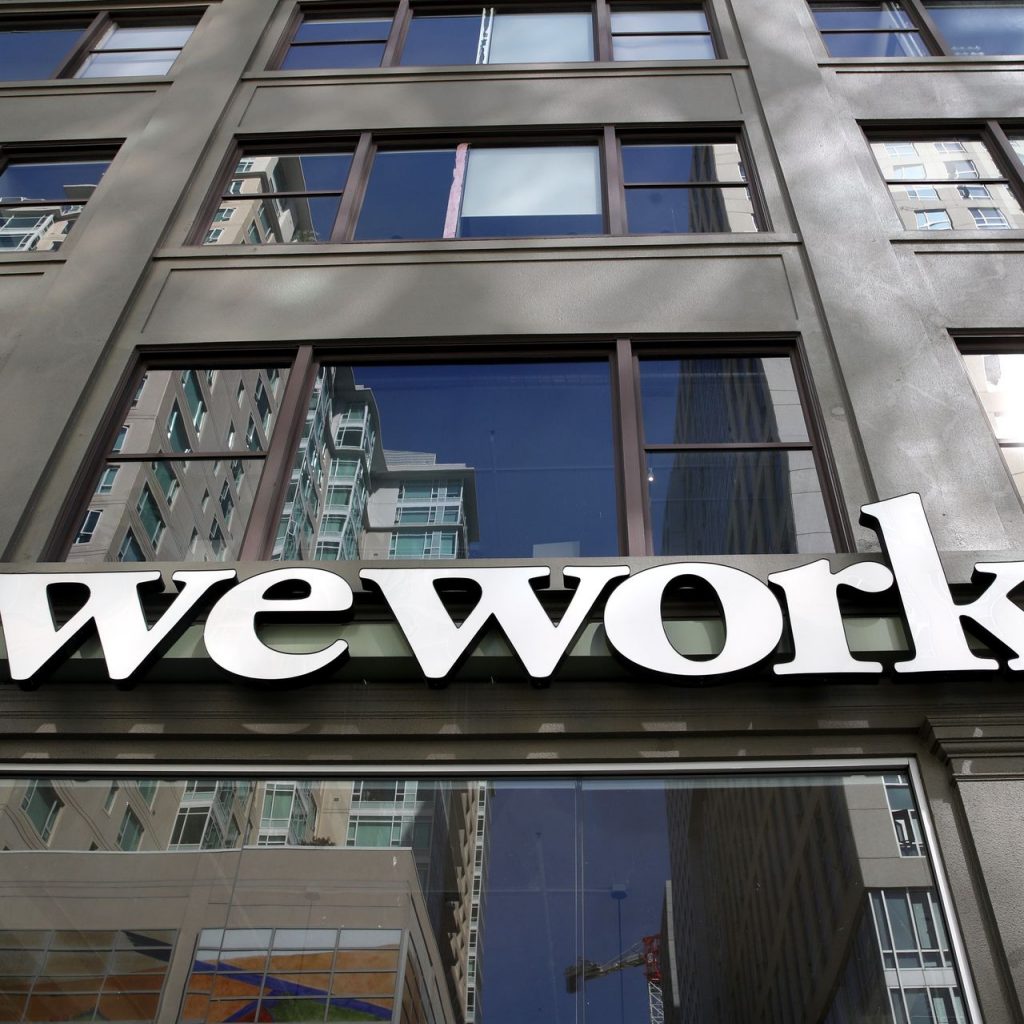Investing in the United States retail real estate market remains risky, and it’s not just because of America’s favorite online retailer Amazon.
Today there is over 7.6 billion square feet of retail space in the United States. Based on the current population of about 323 million people, that’s almost 24 square feet of retail space for ever man, woman and child in the country.
To say that the U.S. is over-retailed is a bit of an understatement. This country has more retail square footage per capita than Canada, Australia, the UK, France, China, or Germany.
So the fact that retail vacancy rates are rising, while net absorption number decrease, and national, regional, and mom-and-pop retailers continue to go out of business should come as no surprise. While ecommerce businesses such as Amazon are blamed by brick-and-mortar retailers for their difficulties, things are not as clear cut as they may seem.
The most recent reports put online sales at just 8.5% of total retail sales in the country, with Amazon accounting for only 1.5%. Not a huge percentage when you think about it, and certainly not enough to completely explain the ‘dead mall’ phenomenon in the U.S.
So if Amazon isn’t entirely to blame for the decline in the U.S. shopping center retail market, who or what is?
Over the last 15 years real median household income in the U.S., adjusted for inflation, hasn’t changed. Back in the year 2000 median income was about $56,500 per year. Today, median household income is still about $56,500, meaning that discretionary income has not changed in nearly 17 years.
What has changed is what consumers in the U.S. spend their money on.
Mobile phones today are ubiquitous, with even five year olds carrying phones to kindergarten class. And while technological innovation is supposed to make things cheaper, this really hasn’t happened with smartphones.
The newest Apple iPhone 8, expected to launch in mid-September, carries an estimated price tag of over $1,000, while service plans from mobile phone carriers in the U.S. can easily top $100 or more per month.
Healthcare costs, irregardless of Obamacare, have been dramatically rising over the past 10 years, while over the same time period student loan debt has increased by over 250% with Americans now owing a record $1.3 trillion!
These are but three examples, but with income levels remaining unchanged and a larger percentage of discretionary income being spent on cell phones, medical care and education, there’s that much less money to be spent in the shopping malls that dot the American landscape. So it’s natural that consumers will continue to seek out the less expensive products that are offered online.
While this isn’t good news for the shopping center asset class, it is good news for industrial and office space investment. According to a recent report from Goldman Sachs, less than 1 employee is required for every $1 million in online sales compared to 3.5 employees for a bricks-and-mortar business.
The difference is that rather than going to work in a shopping center each day, these employees now travel to flex industrial distribution centers and offices located in cities where there is a wealth of high-tech talent.
Ecommerce employment isn’t location specific, meaning that an employee managing logistics for Amazon’s warehouse facility in Stockton, California could actually be working from another city, or even another country.
High-tech employment is one of the main drivers of demand for Class A office space, and the commercial real estate market in Calgary, Canada currently offers some of the most economical office inventory around, not just in Canada but also compared to many markets in the U.S.
With the high-tech industry increasingly going to where the employment base is, Calgary has a winning combination of a skilled labor force plus the availability of prime office space.
Last year TwinRock Partners opened the Rock Fund VII to target distressed Canadian real estate in Calgary to take advantage of opportunities just like these.




